Plastic Products Release Deadly Chemical Cocktails
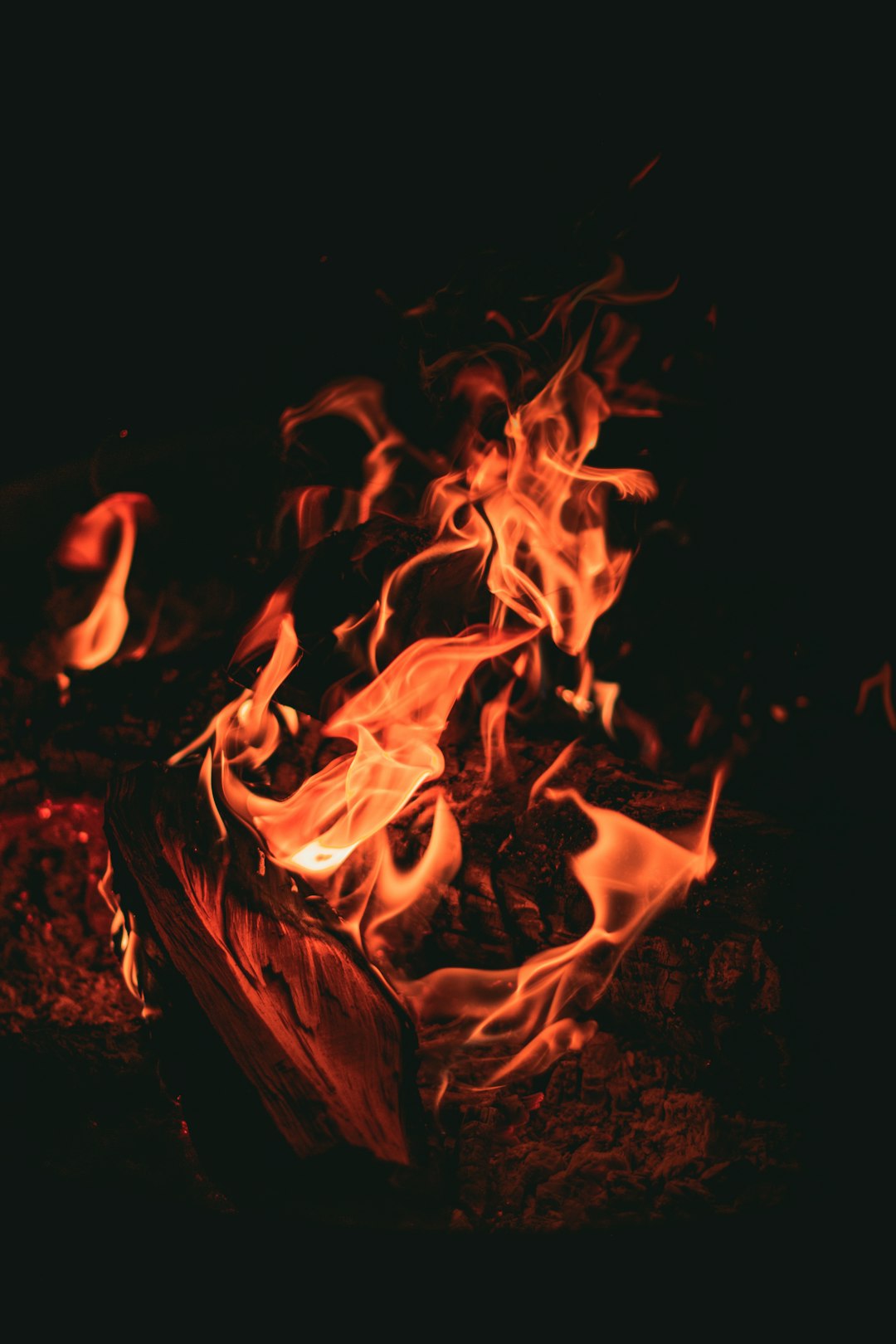
Every time someone tosses a plastic bottle into their backyard fire pit, they’re essentially creating a miniature chemical weapons factory right in their own yard. Burning plastic releases a cocktail of harmful chemicals and toxins, making it extremely toxic to human health and the environment. Think about it like this – when you burn that innocent-looking milk jug, you’re transforming it into something that could seriously harm your lungs within minutes.
Municipal Solid Waste containing about 12% of plastics is burnt, releasing toxic gases like Dioxins, Furans, Mercury and Polychlorinated Biphenyls into the atmosphere. Polyethylene, the world’s most common plastic, has been shown to release highly toxic quantities of furans, dioxins, carbon monoxide and hydrogen sulfide. In polyvinyl chloride – the most widely used plastic in construction – a staggering array of contaminants including dioxins, phthalates, heavy metals and vinyl chloride are emitted during combustion.
Household Trash Creates Ground-Level Poison Clouds
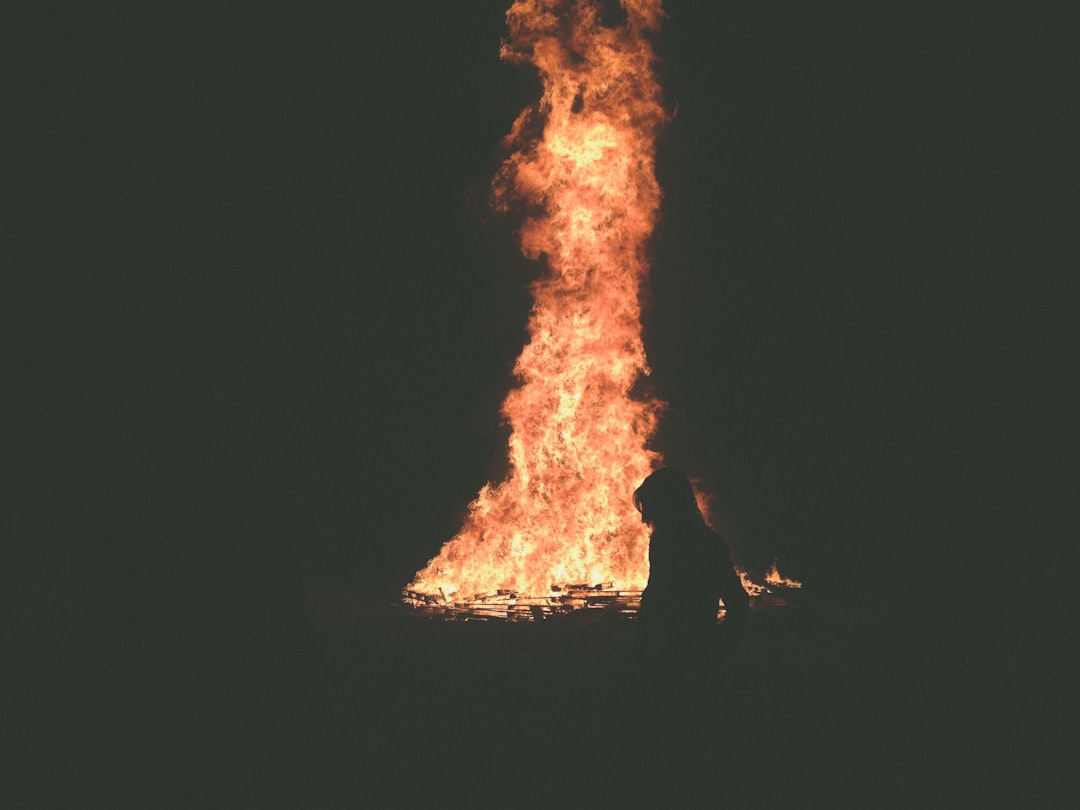
Picture this scenario: you light up some household garbage, and within minutes, you’ve created a toxic cloud that hugs the ground exactly where you and your neighbors breathe. Backyard burning is particularly dangerous because it releases pollutants at ground level where they are more readily inhaled or incorporated into the food chain. Unlike industrial smokestacks that send pollutants high into the atmosphere, your backyard fire delivers toxins straight to your lungs.
Most people who burn their waste do not realize how harmful this practice is to their health and to the environment. Current research indicates that backyard burning is far more harmful to our health than previously thought. We’re talking about a practice so dangerous that experts now compare it to operating without safety equipment. A recent study found that residential trash burning from a single home could release more dioxin into the air than an industrial incinerator.
Electronics and Appliances Unleash Heavy Metal Nightmares
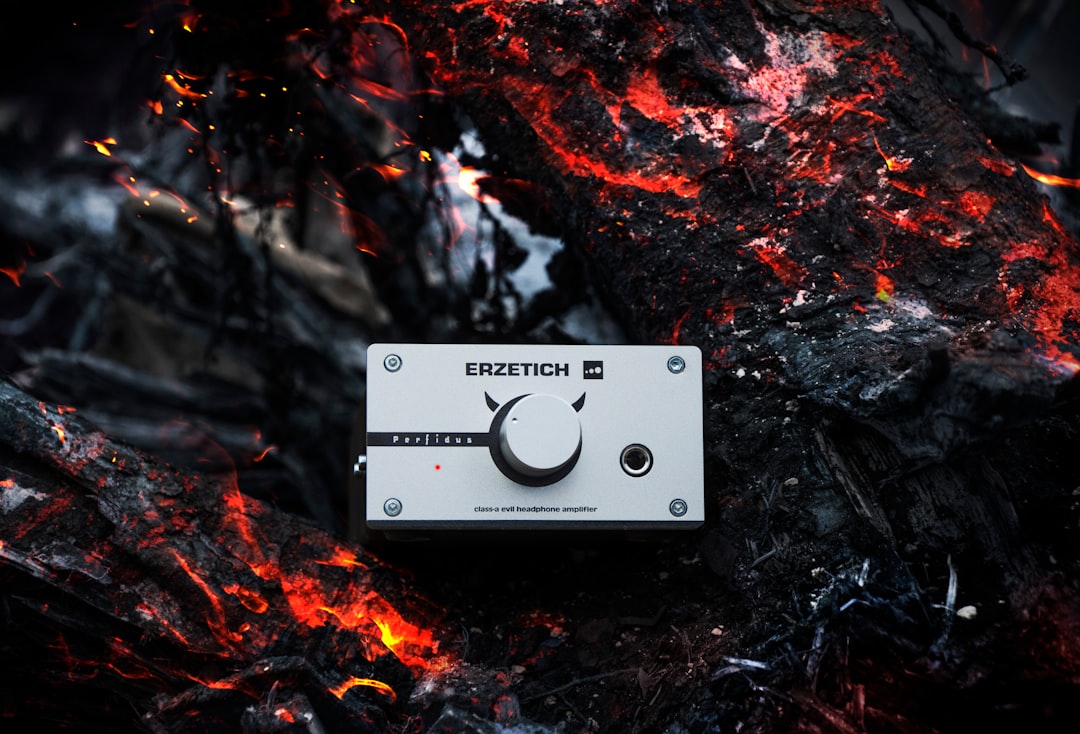
When your old TV or computer finally gives up, burning it might seem like a quick disposal solution. However, electronics contain a treasure trove of toxic materials that become airborne poisons when heated. Burning plastic and treated wood also releases heavy metals and toxic chemicals, such as dioxin. Think of electronic devices as compressed toxic waste – they’re packed with lead, mercury, cadmium, and other heavy metals.
The health implications are staggering. A wide range of serious and sometimes fatal health issues have been linked to the inhalation of burning plastic fumes, including cancer, neurological disorders, respiratory issues, and nervous system damage. Even worse, these effects can accumulate over time, meaning that repeated exposure from neighborhood burning can cause serious long-term health problems.
Construction Materials Turn Fires Into Chemical Weapons
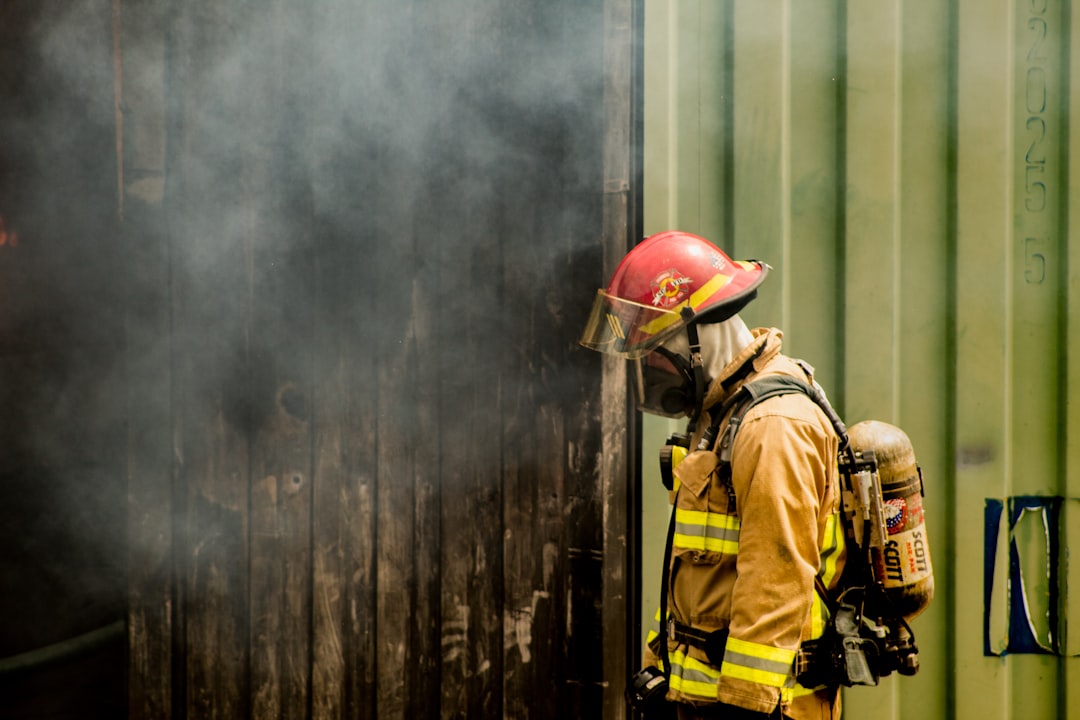
That pile of leftover construction materials from your home renovation project might look like perfect fuel for a fire, but it’s actually more dangerous than you might imagine. Buildings today are typically made from significant amounts of plastics and other hazardous materials, such as lead paint, and are often filled with plastic household items like appliances, electronics, and furniture. When plastics and other hazardous materials and substances like cleaning agents, pesticides, and petrochemicals are burned, many of the chemicals they contain – like heavy metals, flame retardants, PFAS, phthalates, and polycyclic aromatic hydrocarbons – are transferred into ash.
Modern building materials are engineered for durability, not for safe burning. When exposed to fire, they break down into compounds that nature never intended us to breathe. These materials can continue releasing toxins even after the flames die down, creating ongoing exposure risks for anyone in the area.
Asbestos-Containing Materials Create Lethal Airborne Fibers

Here’s something that should terrify anyone thinking about burning old building materials: many older homes contain asbestos, and burning these materials releases deadly fibers directly into the air. Never burn asbestos-containing materials. Remove all asbestos-containing materials from a structure before burning it. Unlike other toxins that might cause problems over time, asbestos fibers can cause immediate and fatal lung damage.
The challenge is that asbestos was used in countless building products for decades, from insulation to floor tiles to roofing materials. You might not even know you’re dealing with asbestos-containing materials until it’s too late. Professional testing and removal is the only safe approach for older building materials.
Rubber and Tire Materials Produce Carcinogenic Smoke
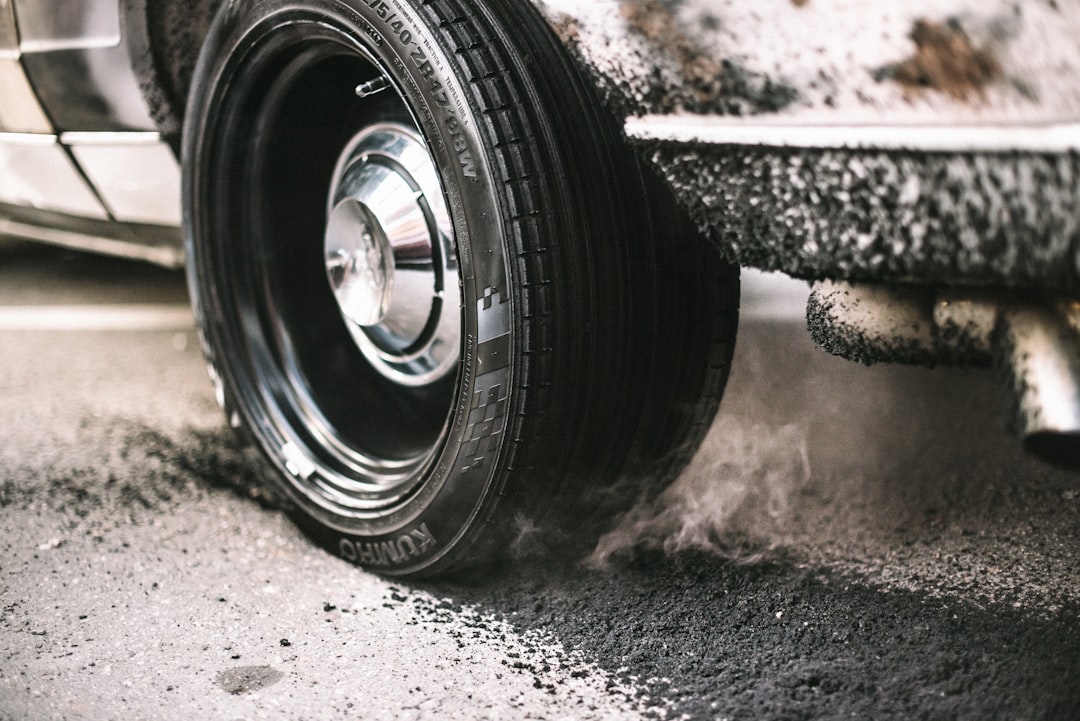
Old tires might seem like they’d make great fuel for a long-burning fire, but they’re actually one of the most dangerous materials you can burn. Never burn regulated solid waste including household trash, painted or treated wood, or waste tires. When tires burn, they release a toxic soup of chemicals that includes benzene, toluene, xylene, and numerous other carcinogens.
The smoke from burning tires is so toxic that it can cause immediate respiratory distress and long-term cancer risks. Other chemicals released while burning plastic include benzo(a)pyrene and polyaromatic hydrocarbons, which have both been shown to cause cancer. These same compounds are found in tire smoke, making backyard tire burning essentially a cancer-causing activity.
Fabric and Clothing Release Synthetic Chemical Storms
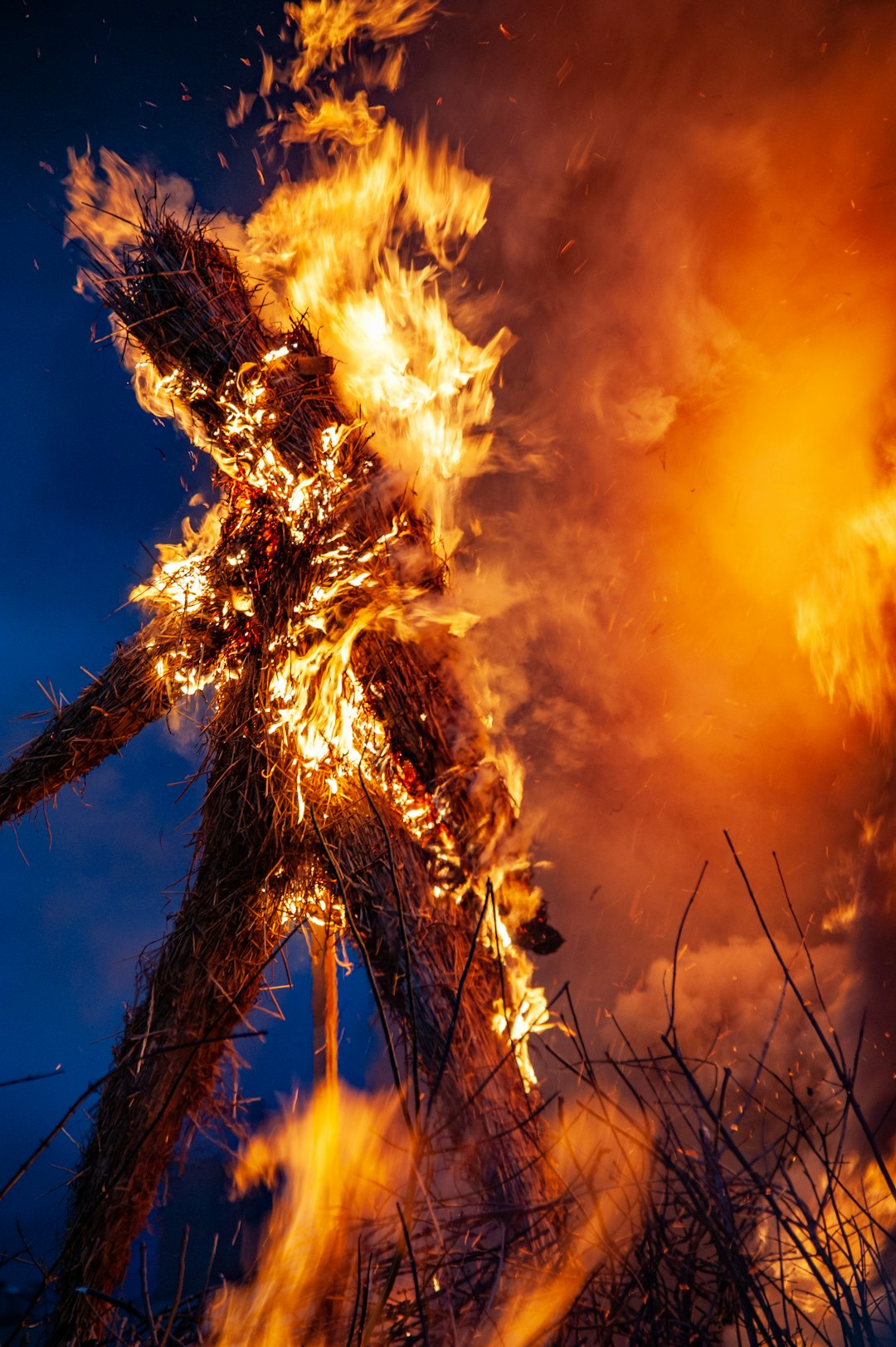
Modern clothing isn’t just cotton and wool anymore – it’s filled with synthetic fibers, dyes, flame retardants, and finishing chemicals that become airborne toxins when burned. Flame retardants are routinely added to plastic building materials to increase their fire resistance, however these contain harmful chemicals of their own which can add to the overall toxicity of the product. The same logic applies to clothing and furniture fabrics.
When you burn that old couch or pile of clothes, you’re not just getting rid of clutter – you’re creating a chemical storm that can affect respiratory health for everyone in the area. The synthetic materials used in modern textiles break down into compounds that can cause both immediate irritation and long-term health problems.
Food Waste and Organic Materials Attract Dangerous Pests
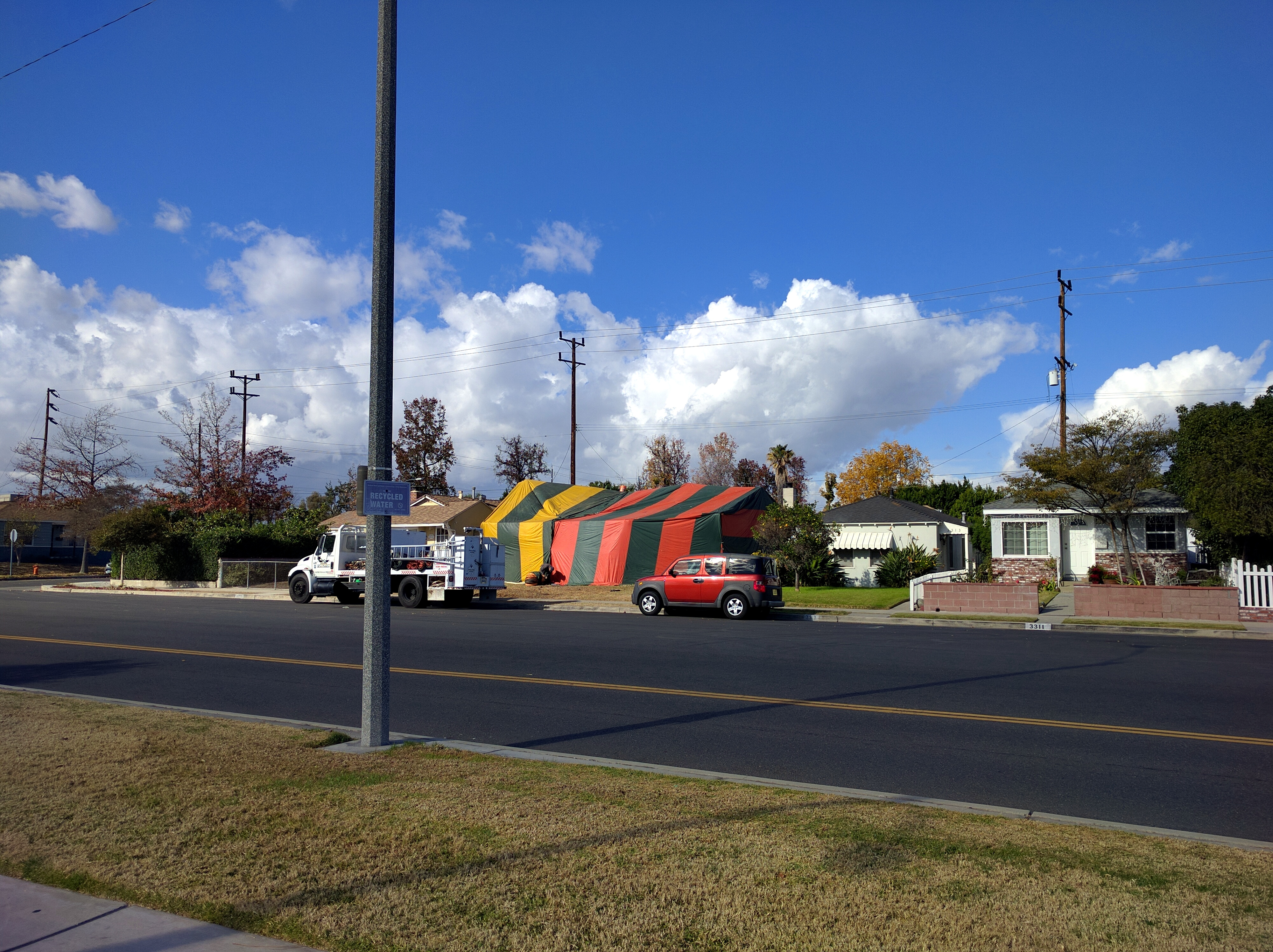
While food waste might seem harmless compared to plastic or chemicals, burning organic materials creates its own set of problems. Food waste doesn’t burn cleanly – it smolders, creating excessive smoke and attracting pests and animals to your property. The incomplete combustion also creates more particulate matter that can affect air quality.
Smoke from burning wood is made up of a complex mixture of gases and fine particles, which are also called particle pollution or particulate matter. Outdoor recreational fires can become a considerable source of fine-particle air pollution – especially in some metro areas. When you add food waste to the mix, you’re making the air quality problem even worse while creating additional safety and pest issues.
Leaves and Green Waste During Prohibited Seasons
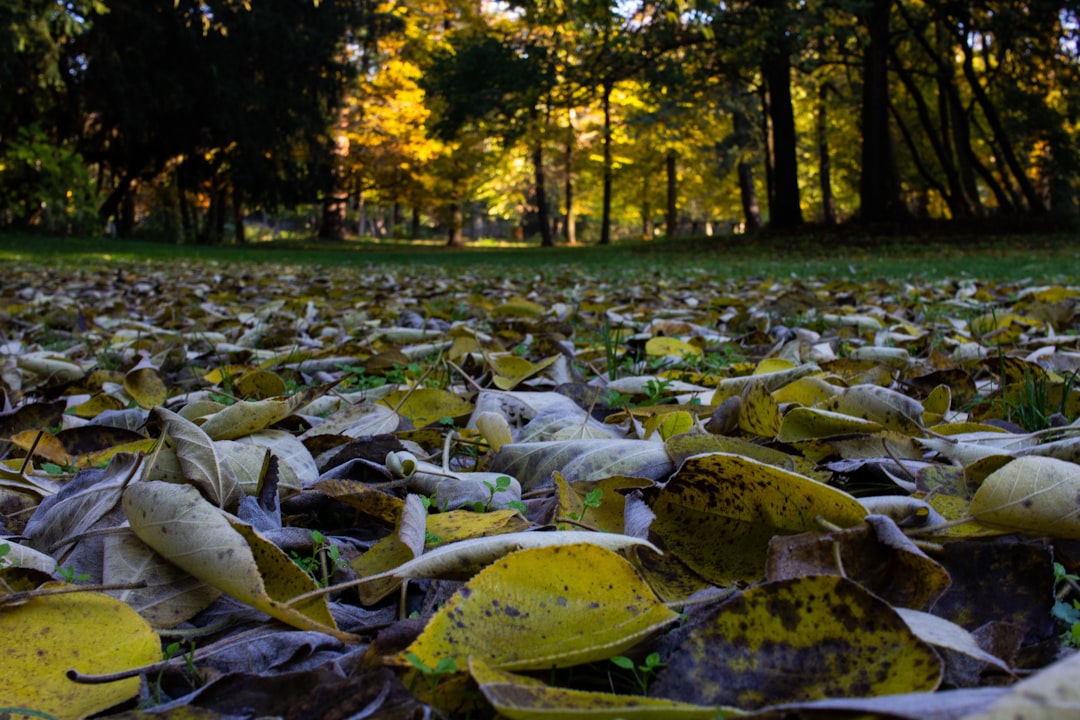
Even natural materials like leaves can be problematic when burned at the wrong time or in the wrong way. Burning garbage or leaves is prohibited year-round in New York State. Many states have specific seasons when burning organic materials is allowed, but burning during prohibited times can result in hefty fines and safety issues.
Burning is only allowed when the air quality forecast is Code Green or Code Yellow. Burning on Code Orange, Red or Purple days is prohibited. The reason for these restrictions isn’t just fire safety – it’s also about air quality and public health. Such burning is banned during the Ozone Season (May 1 – Sept 30). The rest of the year (Oct 1 – April 30), such burning is allowed only between 8:00 a.m. in many locations.
The Hidden Dangers of Seemingly Safe Materials
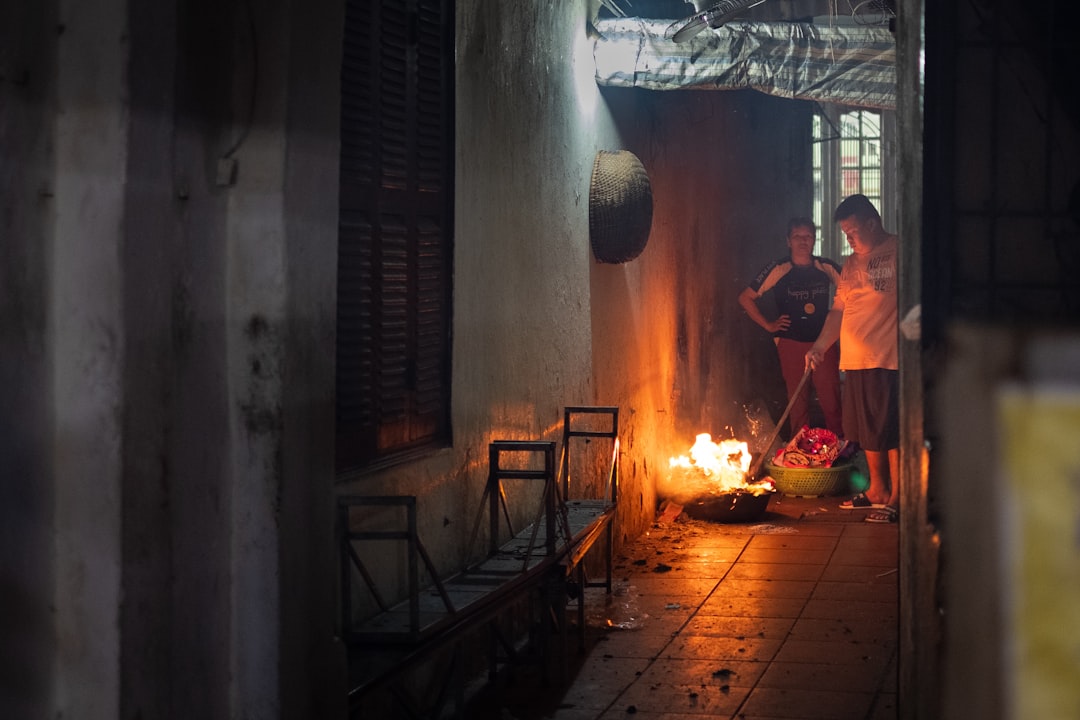
Some materials seem perfectly safe to burn but actually pose serious hidden dangers. Paper products, for example, might contain inks, dyes, or chemical treatments that become toxic when burned. Only burn clean wood products such as untreated or unpainted lumber, clean brush and leaves, and uncoated paper. The key word here is “clean” – many paper products aren’t as clean as they appear.
The release of particulate matter through trash burning can cause cardiac and respiratory problems. During the last decade it has become known that the particulate matter produced during open burning is more dangerous to human health than was previously thought. Even materials that seem harmless can contribute to these health problems when burned improperly or in combination with other materials.
The reality is that residential backyard burning has evolved from a relatively safe disposal method used by our grandparents to a potentially deadly practice in our modern world. With the abundance of synthetic materials, chemical treatments, and complex manufacturing processes used in everyday products, almost nothing is truly safe to burn anymore. The smart approach is to assume that if you’re not absolutely certain a material is safe to burn, it probably isn’t. Your lungs, your neighbors’ health, and the environment will thank you for finding safer disposal alternatives. What seemed like a simple way to get rid of unwanted materials has become a serious health hazard that’s simply not worth the risk.
